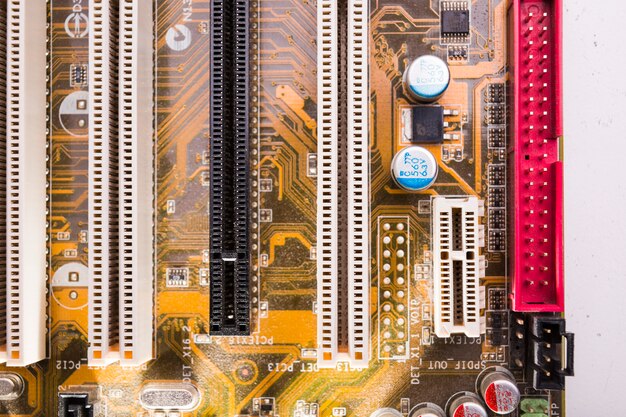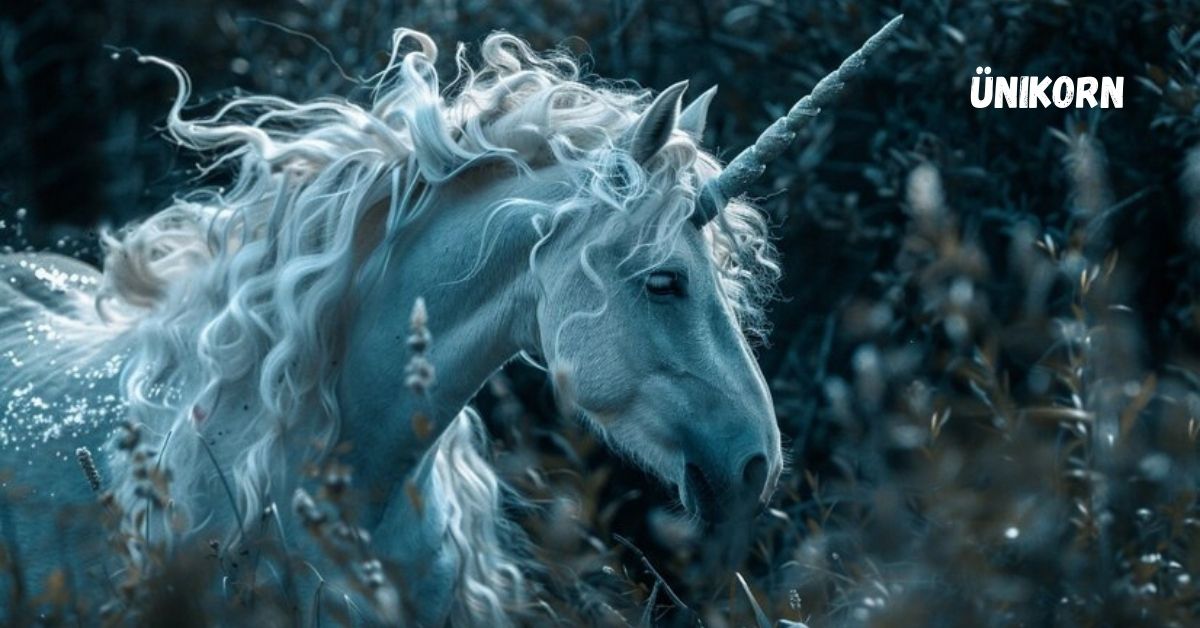In a world full of mythical creatures, the “unikorn” stands out as one of the most enchanting and mysterious beings ever imagined. This creature, often depicted as a horse with a single, spiraled horn, has captured the human imagination for centuries. But what makes the unikorn so special? Is it just a product of fantasy, or is there more to this legendary creature than meets the eye? Let’s dive deep into the world of the unikorn and uncover the mystical wonders surrounding this unique legend.
The Origin of the Unikorn Legend
The legend of the unikorn dates back to ancient civilizations. Early accounts of a one-horned creature can be found in various cultures across the world. The Greeks, for instance, spoke of a wild animal in India known as the “monokeros,” which means “single horn.” This creature was described as having the body of a horse, the head of a deer, and a long, spiraled horn on its forehead.
The Chinese also have their version of the unikorn, known as the “Qilin.” Unlike the Western depiction, the Qilin is more dragon-like and is considered a symbol of prosperity and good luck. In medieval Europe, the unikorn became a symbol of purity and grace, often associated with maidens and virginity.
The Symbolism of the Unikorn
The unikorn is more than just a mythical creature; it is a powerful symbol that has been interpreted in various ways throughout history. In many cultures, the unikorn represents purity, innocence, and beauty. Its horn, often believed to have magical properties, is said to have the power to purify water and heal the sick.
In Christian symbolism, the unikorn is often associated with Christ, representing the Incarnation. The idea of a wild, untamable creature being captured by a virgin was seen as a metaphor for the Virgin Mary conceiving Jesus. This association with purity and divine power made the unikorn a popular subject in medieval art and literature.
The Unikorn in Modern Culture
The unikorn has not lost its appeal in modern times. In fact, it has become even more popular, especially in pop culture. From movies and books to toys and fashion, the unikorn is everywhere. It has become a symbol of uniqueness and individuality, often associated with the idea of being “one of a kind.”
In the world of business, the term “unicorn” has been adopted to describe startup companies valued at over one billion dollars. This modern usage highlights the rarity and special status of such companies, much like the mythical creature itself.
The Science Behind the Myth
While the unikorn is undoubtedly a product of myth and imagination, there have been some scientific attempts to explain the origins of this legend. Some historians believe that the myth of the unikorn may have been inspired by real animals, such as the oryx, a type of antelope with long, straight horns. When viewed from the side, the oryx’s two horns can appear as one, possibly giving rise to tales of a one-horned creature.
Others speculate that the narwhal, a marine mammal with a long, spiraled tusk, may have contributed to the unikorn legend. In medieval times, narwhal tusks were often sold as “unikorn horns” and were believed to have magical properties.
The Unikorn in Art and Literature
The unikorn has been a popular subject in art and literature for centuries. In medieval tapestries, the unikorn is often depicted as a noble creature, surrounded by lush, idyllic landscapes. These tapestries, known as “The Hunt of the Unikorn,” tell the story of a wild unikorn being hunted and captured, a metaphor for the taming of a wild and pure spirit.
In literature, the unikorn has appeared in countless stories, from ancient myths to modern fantasy novels. Its enduring appeal lies in its ability to represent both the mysterious and the divine, making it a symbol of hope, beauty, and transcendence.
The Unikorn’s Role in Folklore
Across different cultures, the unikorn has been a figure of various folklore tales. In European legends, the unikorn was often considered a guardian of forests, known for its elusive nature. It was believed that only the pure-hearted could approach it. In some Native American stories, a similar creature, often referred to as a “Spirit Horse,” symbolizes wisdom and guidance, believed to appear in times of need to lead lost travelers back to safety.
In Hindu and Buddhist traditions, the unicorn-like creature is sometimes seen as a representation of spiritual awakening. These tales often involve the creature appearing to those who are ready to receive enlightenment, symbolizing the breakthrough to a higher state of consciousness.
The Magic of the Unikorn’s Horn
One of the most fascinating aspects of the unikorn legend is its horn. Known as an “alicorn,” it was believed to possess incredible magical powers. Ancient texts describe the horn as a remedy for various ailments, including poisoning and plague. It was also said to have the ability to detect and neutralize poison in food or drink, making it a prized possession for royalty and nobility.
In medieval Europe, powdered “unikorn horn” was a highly sought-after substance, often used in apothecaries. Though these powders were most likely derived from narwhal tusks or other sources, they were believed to hold the same mystical properties as the legendary creature’s horn.
The Unikorn in Heraldry
The unikorn also found its way into heraldry, where it became a symbol of nobility and strength. Many noble families adopted the unikorn as a symbol on their coats of arms, representing qualities such as courage, purity, and virtue. In Scotland, the unikorn is one of the national animals and appears on the country’s royal coat of arms, symbolizing the unity and strength of the Scottish people.
Why the Unikorn Continues to Captivate
The enduring fascination with the unikorn can be attributed to its representation of something beyond the ordinary. In a world where reality can often be mundane, the unikorn offers an escape into a realm of fantasy and wonder. Its image evokes feelings of hope, beauty, and the possibility that there is more to the world than meets the eye.
Whether seen as a symbol of purity, a guardian of nature, or a representation of individuality, the unikorn continues to captivate the human imagination. Its legend reminds us of the magic that exists in the world, waiting to be discovered by those who believe.
Conclusion
The legend of the unikorn is a testament to the power of myth and imagination. From ancient civilizations to modern pop culture, this mystical creature has continued to inspire awe and wonder. Whether you see it as a symbol of purity, a guardian of the natural world, or simply a beautiful fantasy, the unikorn remains a unique and captivating figure in human history.
FAQs
What is the origin of the unikorn legend?
The unikorn legend originates from ancient civilizations, with early accounts found in Greek and Chinese cultures. It has evolved over time, taking on various symbolic meanings in different cultures.
What does the unikorn symbolize?
The unikorn is often seen as a symbol of purity, innocence, and beauty. In Christian symbolism, it represents the Incarnation of Christ. In modern times, it is associated with uniqueness and individuality.
Is there any scientific basis for the unikorn myth?
Some believe that the unikorn myth may have been inspired by real animals like the oryx or the narwhal. The oryx’s horns, when viewed from the side, can appear as one, while the narwhal’s tusk resembles the legendary horn of the unikorn.
How is the unikorn represented in modern culture?
The unikorn has become a popular symbol in modern culture, often associated with individuality and being “one of a kind.” It is widely featured in movies, books, fashion, and even business terminology.
What is an alicorn?
An alicorn is the term used for the unikorn’s horn. It was believed to have magical properties, such as the ability to purify water and heal illnesses. In medieval times, powdered alicorn was highly prized for its supposed medicinal properties.

 Uncategorized3 months ago
Uncategorized3 months ago
 Uncategorized7 months ago
Uncategorized7 months ago
 Uncategorized4 months ago
Uncategorized4 months ago
 Uncategorized4 months ago
Uncategorized4 months ago










